Home>Garden Essentials>How To Seed Fescue Grass
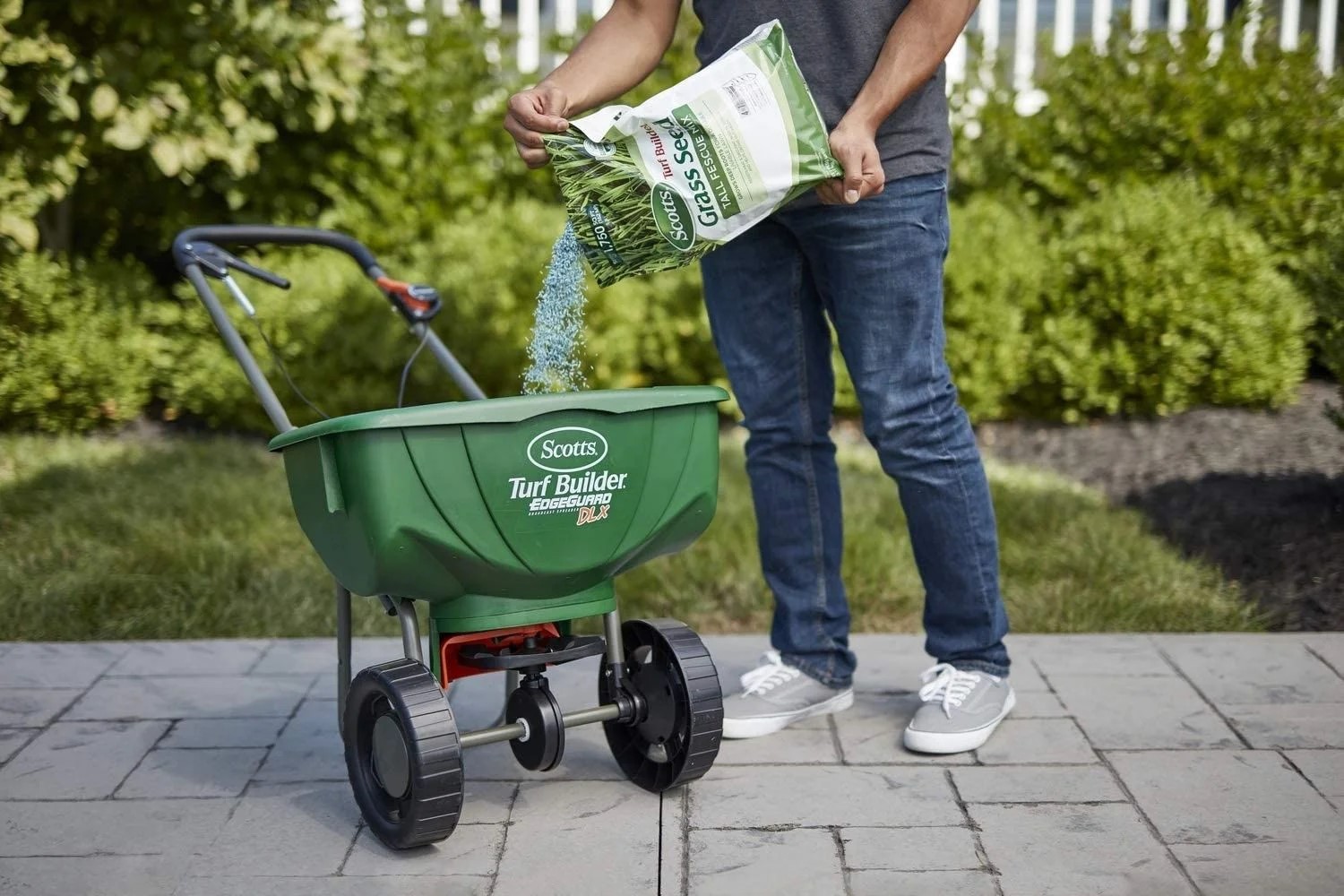

Garden Essentials
How To Seed Fescue Grass
Modified: October 18, 2024
Learn how to successfully seed fescue grass in your garden and achieve a lush, green lawn with our step-by-step guide.
(Many of the links in this article redirect to a specific reviewed product. Your purchase of these products through affiliate links helps to generate commission for Storables.com, at no extra cost. Learn more)
Introduction
Welcome to the world of fescue grass! Whether you are a seasoned gardener or a beginner, this guide will provide you with all the information you need to successfully seed fescue grass in your garden. Fescue grass is a popular choice among homeowners due to its durability and ability to withstand various environmental conditions. Whether you are looking to enhance the beauty of your landscape or create a lush green lawn, fescue grass is an excellent option.
In this article, we will delve into the details of how to properly seed fescue grass. From understanding the characteristics of fescue grass to selecting the right time for seeding, we will cover each step of the process. We will also explore important considerations such as soil preparation, seed selection, proper watering techniques, grass maintenance, and dealing with common issues that may arise.
Seeding fescue grass requires careful planning and execution, but the end result is well worth the effort. With its dense and fine texture, fescue grass creates a picturesque landscape that adds beauty and value to your property. Additionally, fescue grass is known for its ability to tolerate shade, making it an ideal choice for areas with limited sunlight.
Before we dive into the details, it is important to note that fescue grass comes in two main types: tall fescue and fine fescue. Each type has its own unique characteristics and growth habits. Tall fescue is best suited for lawns and areas that experience heavy foot traffic, while fine fescue is more suitable for areas with less foot traffic and shady conditions.
Now that you have a brief introduction to fescue grass, let’s begin our journey of seeding and growing this magnificent grass in your garden. So, grab your gardening tools, put on your gardening gloves, and let’s get started on this exciting adventure!
Key Takeaways:
- Seeding fescue grass requires careful planning and understanding of its characteristics. Choose the right time to seed in fall or spring, prepare the soil, select quality seeds, and spread them evenly for a lush and vibrant lawn.
- Proper maintenance is essential for a healthy fescue grass lawn. Regular mowing, fertilizing, weed control, and addressing common issues like thinning, weeds, pests, and diseases will keep your lawn beautiful year-round.
Read more: How To Water Fescue Grass
Understanding Fescue Grass
Fescue grass, scientifically known as Festuca, is a cool-season grass that is widely popular for its resilience and ability to thrive in diverse environmental conditions. It is commonly used for lawns, parks, and golf courses due to its lush green appearance and dense growth habit. Understanding the characteristics of fescue grass is essential for successful seeding and growth.
One of the key features of fescue grass is its ability to tolerate shade. Unlike other grass types that require ample sunlight, fescue grass can thrive in areas with limited sun exposure. This makes it an excellent choice for gardens that are partially or fully shaded by trees, buildings, or tall structures.
Fescue grass is known for its versatility in terms of soil tolerance. It is adaptable to a wide range of soil types, including clay, loam, and sandy soils. However, it performs best in well-drained soil that is not prone to waterlogging. If your soil has poor drainage, consider amending it with organic matter or installing drainage systems before seeding fescue grass.
When it comes to temperature tolerance, fescue grass thrives in cool climates. It is well-suited for regions with moderate temperatures, typically between 60-75 degrees Fahrenheit (15-24 degrees Celsius). In hot summer months, fescue grass may require additional watering and care to maintain its vibrant green color.
In terms of growth habit, fescue grass is classified into two main types: tall fescue and fine fescue. Tall fescue has broad leaves, grows in clumps, and forms a dense and durable turf. It is more tolerant of heavy foot traffic and is commonly used for lawns that are subjected to high use. Fine fescue, on the other hand, has narrow leaves and a finer texture. It is more shade-tolerant and requires less maintenance compared to tall fescue.
Before seeding fescue grass, it is important to assess the specific needs and conditions of your garden. Consider factors such as sunlight availability, soil type, climate, and intended use of the lawn. This will help you determine whether tall fescue or fine fescue is the most suitable choice for your garden.
By understanding the characteristics and growth habits of fescue grass, you can make informed decisions throughout the seeding process. From soil preparation to seed selection and maintenance, this knowledge will guide you towards achieving a healthy and vibrant fescue grass lawn.
Choosing the Right Time to Seed
The timing of seeding fescue grass is crucial for its successful establishment and growth. It is important to choose the right time to ensure that the seeds have optimal conditions to sprout and develop into a healthy lawn. The ideal time to seed fescue grass varies depending on the climate and region, but there are general guidelines to follow.
Fescue grass is a cool-season grass, which means it thrives in cooler temperatures rather than extreme heat or cold. The best time to seed fescue grass is during the early fall or spring when the soil is warm enough for germination, but the weather is not too hot. These seasons provide the optimal conditions for seed germination, root development, and establishment.
When seeding in the fall, aim to do so at least 6-8 weeks before the first expected frost. This timeframe allows the grass to establish itself before the onset of winter and prepares it for a strong growth spurt in the spring. Fall seeding also takes advantage of natural rainfall and cooler temperatures, which help with seed germination and establishment.
Spring seeding can be done as soon as the soil can be worked and is no longer frozen. Avoid seeding too late in the spring, as the warmer temperatures may cause the grass to struggle with establishing strong roots before the onset of summer heat. Late spring seeding can also lead to increased competition from weeds.
Before seeding, make sure to prepare the soil properly. Remove any debris, rocks, or weeds, and loosen the soil with a tiller or garden fork to create a loose and friable surface. Level the area as much as possible to ensure even seed coverage and consistent growth.
The timing of watering is crucial when seeding fescue grass. After seeding, water the area lightly but frequently to keep the soil consistently moist until the seeds germinate and the grass becomes established. Depending on the weather conditions and soil moisture retention, this may require watering once or twice daily for a short duration.
As the fescue grass begins to grow, gradually reduce the frequency of watering while increasing the duration to encourage deep root growth. This helps the grass become more drought-tolerant and establishes a strong foundation for its long-term health.
By choosing the right time to seed fescue grass and following proper watering techniques, you can ensure optimal conditions for seed germination, root development, and establishment. This will result in a lush, healthy, and vibrant fescue grass lawn that enhances the beauty of your landscape.
Preparing the Soil
Preparing the soil is a crucial step in the process of seeding fescue grass. Proper soil preparation creates an optimal environment for seed germination, root development, and overall grass growth. Follow these steps to prepare your soil before seeding fescue grass:
- Clear the area: Begin by clearing the area of any debris, rocks, or existing vegetation. Remove any weeds or grass using a garden rake or a weed trimmer. This ensures that the fescue grass seeds have direct contact with the soil and reduces competition from other plants.
- Test the soil: Conduct a soil test to assess its pH level and nutrient content. This will help you determine if any amendments are needed to optimize the soil conditions for fescue grass growth. Soil testing kits are available at local gardening centers or through your county extension office. Follow the instructions provided with the kit to collect a soil sample and send it for analysis.
- Amend the soil: Based on the results of the soil test, amend the soil to correct any deficiencies or imbalances. Most fescue grass prefers a slightly acidic soil with a pH range of 6.0-7.0. If the soil is too acidic, add lime to raise the pH level. If it is too alkaline, add sulfur to lower the pH level. Incorporating organic matter such as compost or well-rotted manure can improve soil structure and nutrient content.
- Loosen the soil: Use a garden tiller, a garden fork, or a hand cultivator to loosen the soil to a depth of at least 4-6 inches (10-15 cm). This helps break up compacted soil, improves drainage, and creates a loose and crumbly texture that makes it easier for the fescue grass seeds to penetrate and establish their roots.
- Level the area: Once the soil is loosened, use a garden rake or a leveling rake to even out the surface. This creates a smooth and uniform area for seeding, ensuring that the fescue grass seeds are distributed evenly and avoid uneven growth.
- Water the area: Before you seed the fescue grass, water the prepared soil lightly. This helps settle the soil and provides moisture for seed germination. Ensure that the soil is evenly moist but not oversaturated, as excessive water may delay germination or cause the seeds to rot.
By following these steps to prepare your soil before seeding fescue grass, you create a favorable environment for seed germination and establish a solid foundation for healthy grass growth. This will result in a lush and thriving fescue grass lawn that enhances the beauty of your landscape.
Selecting Fescue Grass Seeds
Choosing the right fescue grass seeds is a crucial step in the process of seeding a beautiful and healthy lawn. Selecting high-quality seeds that are suitable for your specific needs and conditions will greatly contribute to the success of your fescue grass establishment. Consider the following factors when selecting fescue grass seeds:
- Grass type: As mentioned earlier, fescue grass is available in two main types: tall fescue and fine fescue. Tall fescue has broader leaves and is more durable, making it suitable for lawns with heavy foot traffic. Fine fescue has narrower leaves and a finer texture, making it more shade-tolerant and requiring less maintenance. Determine which type of fescue grass is best suited for your lawn’s needs based on sunlight availability and desired level of maintenance.
- Pure seed percentage: When purchasing fescue grass seeds, check the label for the pure seed percentage. This indicates the amount of desirable grass seeds present in the mix, free from weeds, inert matter, or other undesirable seeds. Aim for a higher pure seed percentage to ensure you are investing in high-quality seeds and reducing the chances of weed infestations in your lawn.
- Germination rate: The germination rate refers to the percentage of seeds that are likely to sprout under ideal conditions. Look for fescue grass seeds with a higher germination rate to increase the chances of successful establishment. Generally, a germination rate of 85% or higher is considered desirable.
- Endophyte-enhanced seeds: Endophytes are naturally occurring fungi that live within fescue grass and provide resistance against certain pests and diseases. Consider selecting fescue grass seeds that are endophyte-enhanced to provide added protection for your lawn. These seeds can help deter pests like armyworms and help improve the overall health and longevity of your fescue grass.
- Density and seeding rate: Consider the recommended seeding rate for the specific fescue grass variety you choose. This will indicate how many pounds of seeds are required per square foot or acre to achieve optimal coverage. Choosing the appropriate seeding rate and density will ensure that your lawn achieves the desired thickness without underseeding or overseeding.
- Local climate and conditions: It is always beneficial to choose fescue grass seeds that are specifically suited for your local climate and growing conditions. Local seed blends are often developed to perform well in the specific region, taking into account factors such as temperature, humidity, and soil conditions. By selecting locally adapted seeds, you increase the likelihood of successful establishment and long-term growth of your fescue grass lawn.
When purchasing fescue grass seeds, it is advisable to buy from reputable suppliers or nurseries to ensure the quality and authenticity of the seeds. Consider seeking advice from local gardening experts or extension offices to get recommendations for fescue grass varieties that thrive in your area.
By carefully selecting high-quality fescue grass seeds and considering the specific needs of your lawn, you set the foundation for a beautiful and resilient fescue grass lawn that will bring years of joy and visual appeal to your landscape.
When seeding fescue grass, make sure to prepare the soil by removing any debris and loosening the top layer. Then, evenly spread the seeds and lightly cover with a thin layer of soil. Keep the area consistently moist until the grass has established.
Read more: How Long For Sheep Fescue To Germinate
Spreading Fescue Grass Seeds
Once you have prepared the soil and selected the appropriate fescue grass seeds, it’s time to spread them over the prepared area. Properly spreading the seeds is crucial for even germination and achieving a lush and uniform lawn. Follow these steps to effectively spread fescue grass seeds:
- Use a seed spreader: To ensure even distribution of the seeds, it is recommended to use a seed spreader. There are handheld spreaders or walk-behind spreaders available in the market. These spreaders help evenly scatter the seeds, preventing clumping and ensuring consistent coverage.
- Divide the area into sections: Divide the area you are seeding into smaller sections for easier management. This will help ensure that you don’t miss any spots or overlap the seed application in certain areas.
- Follow the recommended seeding rate: Refer to the recommended seeding rate provided on the seed packaging or from your local gardening experts. This will guide you on how much seed to spread per square foot or acre. Adjust the settings on your seed spreader accordingly to achieve the correct seeding rate.
- Spread in different directions: When spreading the seeds, it’s best to go over the area in different directions. Start by spreading the seeds from left to right and then cross over and spread them from top to bottom. This crisscross pattern ensures even coverage and minimizes the chances of missing any areas.
- Avoid over-seeding: While it’s important to achieve proper coverage, avoid over-seeding as it can lead to competition for resources among the grass seedlings. Overcrowding can stunt their growth and result in a weaker and less healthy lawn. Follow the recommended seeding rate to maintain the ideal balance.
- Rake the seeds lightly: Once the seeds are spread, use a garden rake to lightly rake over the surface of the soil. This will help the seeds make good contact with the soil, improving germination rates. Avoid raking too vigorously as it may bury the seeds too deeply.
- Water after seeding: After spreading the seeds, water the area lightly to settle the seeds into the soil. Use a gentle and fine spray to avoid dislodging the seeds or causing them to concentrate in certain areas. Moist soil promotes germination and ensures that the newly seeded area remains adequately hydrated.
Remember to follow the specific instructions provided with the fescue grass seeds you purchased, as different varieties may have specific recommendations. Be patient during the germination process, as it can take up to several weeks to see the first signs of growth.
By following these steps and spreading the fescue grass seeds appropriately, you will give them the best chance to germinate evenly and establish a healthy and beautiful fescue grass lawn.
Proper Watering Techniques
Proper watering techniques play a crucial role in the successful establishment and growth of fescue grass. Consistent and adequate watering helps the seeds germinate, encourages deep root development, and ensures the health and vitality of your lawn. Follow these guidelines for proper watering of fescue grass:
- Water immediately after seeding: After spreading the fescue grass seeds, water the area lightly to ensure good seed-to-soil contact. This initial watering helps settle the seeds into the soil and kickstarts the germination process.
- Keep the soil consistently moist: For the first few weeks after seeding, it is important to keep the soil consistently moist. Water the seeded area lightly multiple times a day to prevent the soil from drying out. Aim to keep the top half-inch to one inch of soil moist, but avoid saturating the soil as it may wash away the seeds or lead to rotting.
- Water in the morning: The best time to water your fescue grass lawn is early in the morning. Watering in the morning allows the grass blades and soil surface to dry before evening, reducing the risk of fungal diseases. Avoid watering in the late afternoon or evening, as prolonged moisture can create an environment conducive to diseases.
- Water deeply and infrequently: Once the grass has germinated and established, transition to deeper but less frequent watering. This encourages the roots to grow deeper into the soil, making the grass more resilient to drought. Water the lawn to a depth of about 6 inches, but only when the top few inches of soil are dry. This typically requires 1-1.5 inches of water per week, depending on weather conditions.
- Use the right watering technique: Use sprinklers, soaker hoses, or irrigation systems that provide a gentle and even distribution of water. Avoid using high-pressure jets or oscillating sprinklers that may cause runoff or uneven watering. Ideally, the water should be applied slowly and evenly to allow for deep penetration and absorption by the soil.
- Observe the signs of water stress: Pay attention to the appearance of your fescue grass to determine if it needs watering. Signs of water stress include the grass turning dull or bluish-green, the leaves curling or wilting, or footprints remaining visible on the lawn after walking on it. These are indicators that the grass needs water and should be watered promptly.
- Adjust watering based on weather conditions: It’s important to adjust your watering schedule based on the weather conditions. During periods of rainfall, reduce or skip irrigation to avoid overwatering. Conversely, during hot and dry periods, you may need to supplement with additional watering to prevent drought stress.
Proper watering techniques are essential to maintaining a healthy and vibrant fescue grass lawn. By following these guidelines, you can ensure that your fescue grass receives the right amount of water to thrive and flourish.
Grass Maintenance and Care
Maintaining a beautiful and healthy fescue grass lawn requires ongoing care and maintenance. Proper maintenance practices will help promote strong growth, control weeds, and keep your lawn looking lush and vibrant. Follow these guidelines for effective grass maintenance and care:
- Mowing: Set your lawn mower at a height of 2-3 inches for fescue grass. Regular mowing helps control weed growth, encourages tillering (the growth of new shoots), and maintains an even and attractive lawn. Avoid cutting more than one-third of the grass blade in a single mowing and vary the direction of mowing to prevent soil compaction and patterns in the grass.
- Fertilizing: Fescue grass benefits from regular fertilization to maintain its health and vigor. Apply a balanced, slow-release fertilizer in the early spring and again in the fall to provide necessary nutrients for growth. Follow the recommended application rates on the fertilizer packaging and avoid over-fertilizing, which can lead to excessive lush growth and increased susceptibility to diseases.
- Weed control: Regularly inspect your lawn for weeds and apply a selective herbicide if necessary. Follow the instructions carefully and use herbicides labeled for use on fescue grass. Alternatively, you can manually remove weeds by hand, making sure to dig out the entire root system to prevent regrowth. Maintaining a healthy and dense lawn through proper watering, mowing, and fertilization also helps prevent weed infestations.
- Aeration: Over time, the soil in your lawn may become compacted, limiting the movement of air, water, and nutrients to the grassroots. Core aeration helps alleviate compaction by removing small plugs of soil and allowing the grass roots to breathe. Consider aerating your fescue grass lawn once a year, preferably in the fall when the grass is actively growing.
- Overseeding: Over time, your lawn may develop thin or bare patches due to factors like foot traffic, disease, or heat stress. To maintain a thick and lush lawn, consider overseeding these areas with fescue grass seeds. Prepare the soil by loosening it, spread the seeds evenly, and lightly rake them into the soil. Keep the area consistently moist until the new grass establishes itself.
- Proper irrigation: Continue to water your fescue grass lawn appropriately, providing deep and infrequent watering. Adjust your watering schedule based on weather conditions, making sure the soil does not become too dry or oversaturated. Consistent moisture and deep root growth contribute to a healthier and more resilient lawn.
- Pest and disease control: Regularly inspect your lawn for signs of pests or diseases, such as brown patches, discoloration, or thinning. Identify the issue accurately and take appropriate measures to control or treat it. Consult with local gardening experts or extension offices for guidance on specific pests and diseases that are common in your area.
- Seasonal care: Adapt your lawn maintenance practices based on the seasons. In the fall, continue mowing and watering until the grass stops growing. Remove fallen leaves to prevent smothering the grass and promote air circulation. In the winter, minimize foot traffic on frozen or frost-covered lawns to avoid damage. In the spring, resume regular watering and fertilization to support new growth.
By following these maintenance and care practices, you can ensure that your fescue grass lawn remains healthy, vibrant, and beautiful throughout the year. Regular attention and proactive care will help you enjoy a stunning lawn that becomes the envy of the neighborhood.
Dealing with Common Issues
While fescue grass is known for its resilience, it can still encounter some common issues that require attention and proactive management. By being aware of these issues and taking appropriate measures, you can maintain a healthy and thriving fescue grass lawn. Here are some common issues you may encounter and how to deal with them:
- Thinning or bare patches: Over time, fescue grass lawns may develop thin or bare patches due to factors like foot traffic, disease, or heat stress. To address these patches, consider overseeding with fescue grass seeds. Prepare the soil, spread the seeds evenly, and water regularly until the new grass establishes itself.
- Weed infestations: Weeds are a common problem in lawns, and fescue grass is not exempt. To control weeds, regular inspection and timely treatment are essential. Use selective herbicides designed for use on fescue grass, following the instructions carefully. Manual removal by hand can also be effective for small infestations. Maintaining a dense and healthy lawn through proper watering, mowing, and fertilization will help prevent weed growth.
- Insect pests: Insect pests, such as armyworms or grubs, can damage fescue grass by feeding on the roots or leaves. Regularly monitor your lawn for signs of insect activity, such as brown patches, thinning, or chewed leaves. If an infestation is detected, apply appropriate insecticides according to the instructions on the product label. Consulting with local gardening experts or extension offices can provide valuable guidance on specific insect pests in your area.
- Diseases: Fescue grass can be susceptible to diseases, such as fungal infections or brown patch. Proper cultural practices, such as avoiding over-watering, improving air circulation, and mowing at the correct height, can help prevent disease outbreaks. If disease symptoms appear, identify the issue accurately and apply fungicides as recommended by experts or the product label. Regularly remove fallen leaves and debris to minimize disease development.
- Compacted soil: Over time, the soil in your lawn may become compacted, restricting air, water, and nutrient movement. Compacted soil can hinder the growth and health of fescue grass. Consider core aeration, which involves removing small plugs of soil, to alleviate compaction and improve the soil structure. Core aeration should be performed in the fall when the grass is actively growing.
- Drought stress: Fescue grass can struggle during periods of drought or prolonged heat. To minimize drought stress, water deeply and infrequently, promoting deeper root growth. Adjust watering schedules based on weather conditions and avoid over-fertilization, which can lead to increased water requirements. Applying a thin layer of organic mulch can also help conserve soil moisture and protect the grass from extreme temperatures.
By addressing these common issues promptly and taking appropriate measures, you can maintain a healthy and visually appealing fescue grass lawn. Regular monitoring, proper lawn care practices, and seeking advice from local gardening experts will help you overcome these challenges and enjoy a beautiful and resilient lawn year-round.
Read more: How To Get Rid Of Fescue Grass
Conclusion
Congratulations on completing this comprehensive guide to seeding and maintaining a fescue grass lawn. By now, you should have a deep understanding of the necessary steps and techniques required to establish a beautiful and thriving fescue grass lawn. From understanding the characteristics of fescue grass to choosing the right time to seed, preparing the soil, selecting quality seeds, spreading them evenly, and implementing proper watering techniques, you are well-equipped to embark on this gardening adventure.
Remember, fescue grass is a cool-season grass that thrives in cooler temperatures and is capable of tolerating shade. It is adaptable to various soil types and can create a lush and vibrant lawn with the proper care and maintenance. Regular mowing, fertilizing, and weed control are essential to promoting strong growth and a uniform appearance. Proper irrigation, aeration, and attention to common issues such as thinning or bare patches, weed infestations, insect pests, and diseases are critical for maintaining a healthy and flourishing lawn.
Throughout your fescue grass lawn journey, it is important to stay observant and adapt your maintenance practices based on seasonal changes and local conditions. Regular monitoring and adjustment will ensure that your lawn remains in excellent condition, providing you with an inviting outdoor space to enjoy and share with your friends and family.
Remember, gardening is a continuous learning process. Stay curious, keep exploring new techniques, and stay connected with local gardening communities for valuable insights and advice. Each lawn is unique, and by combining your newfound knowledge with your passion for gardening, you will create a fescue grass lawn that brings you joy and satisfaction for years to come.
So put on your gardening gloves, grab your tools, and let the journey of creating a stunning fescue grass lawn begin!
Frequently Asked Questions about How To Seed Fescue Grass
Was this page helpful?
At Storables.com, we guarantee accurate and reliable information. Our content, validated by Expert Board Contributors, is crafted following stringent Editorial Policies. We're committed to providing you with well-researched, expert-backed insights for all your informational needs.
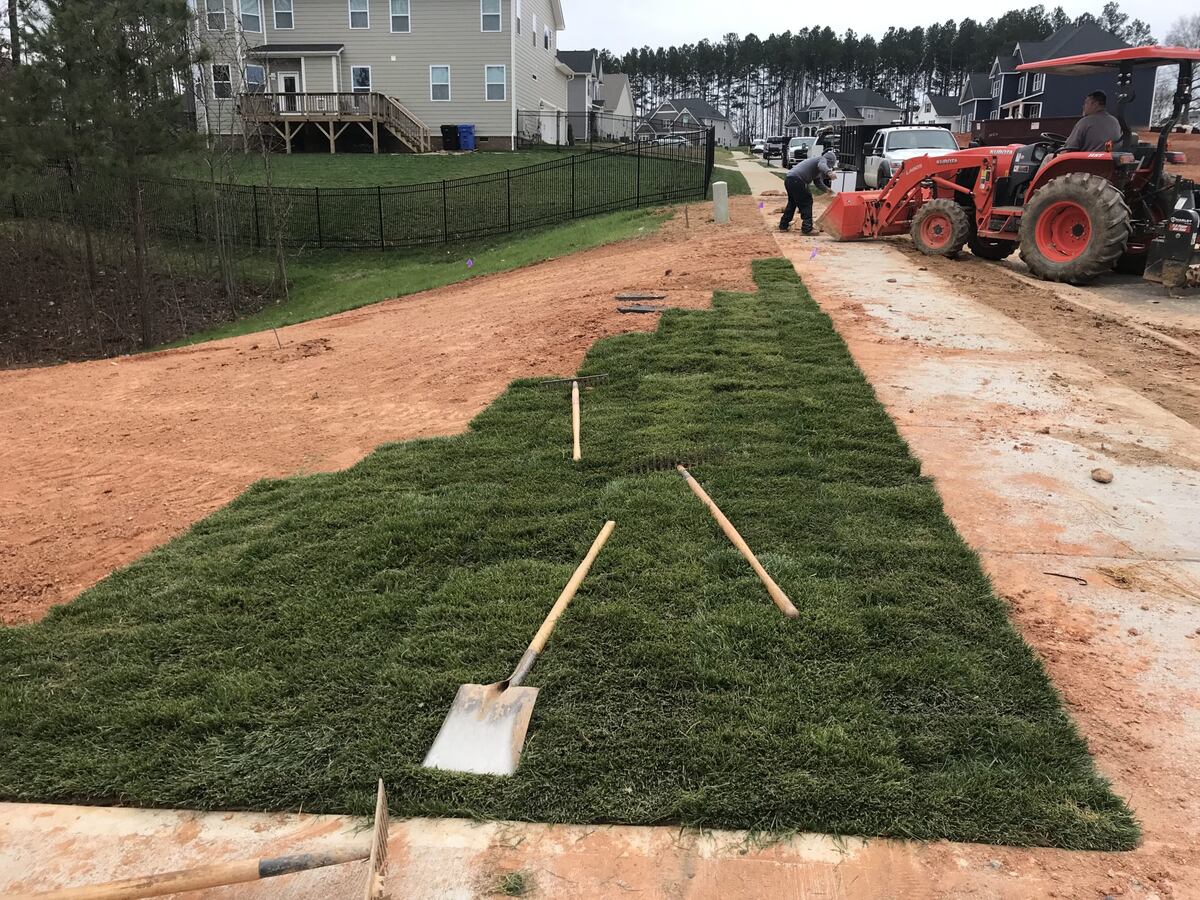
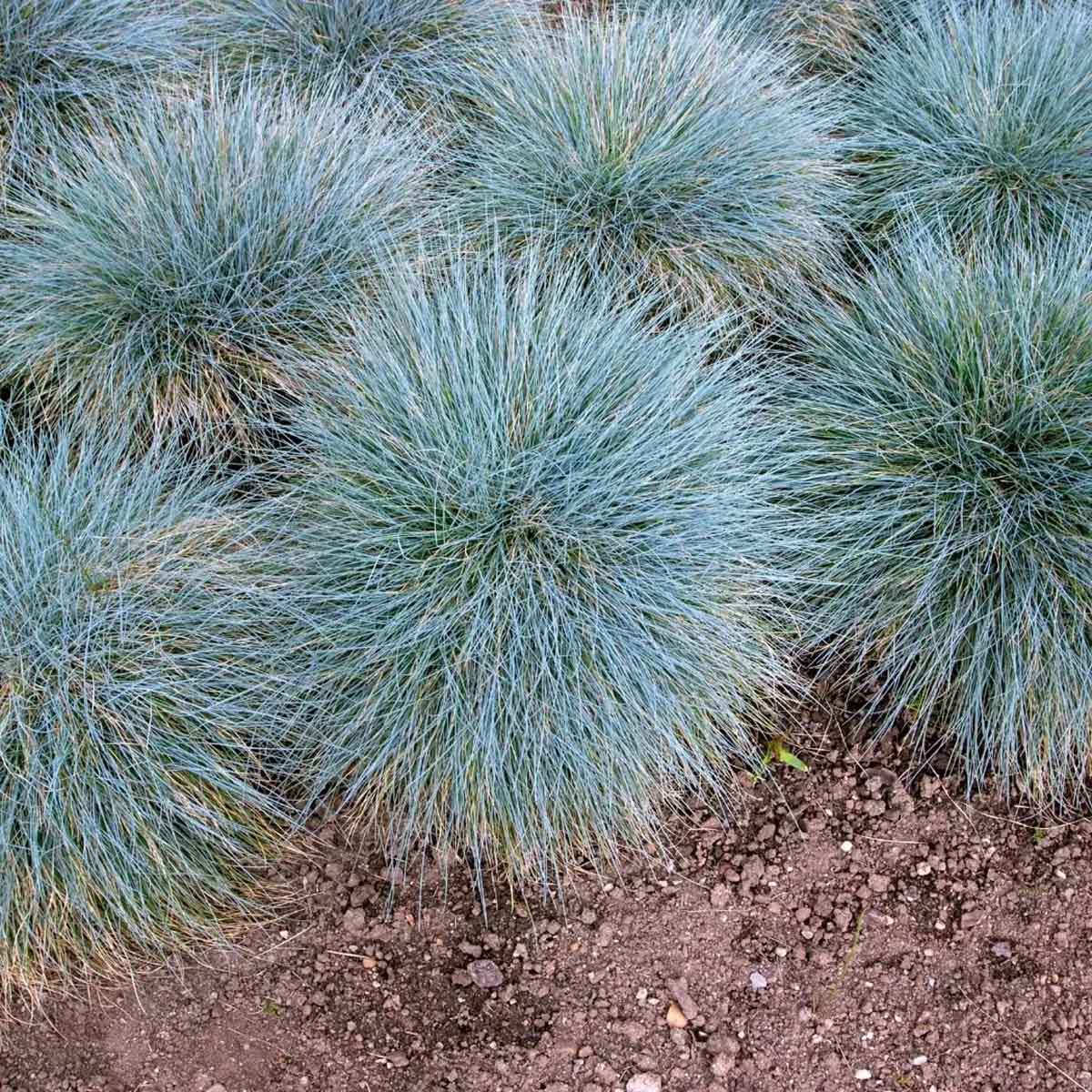
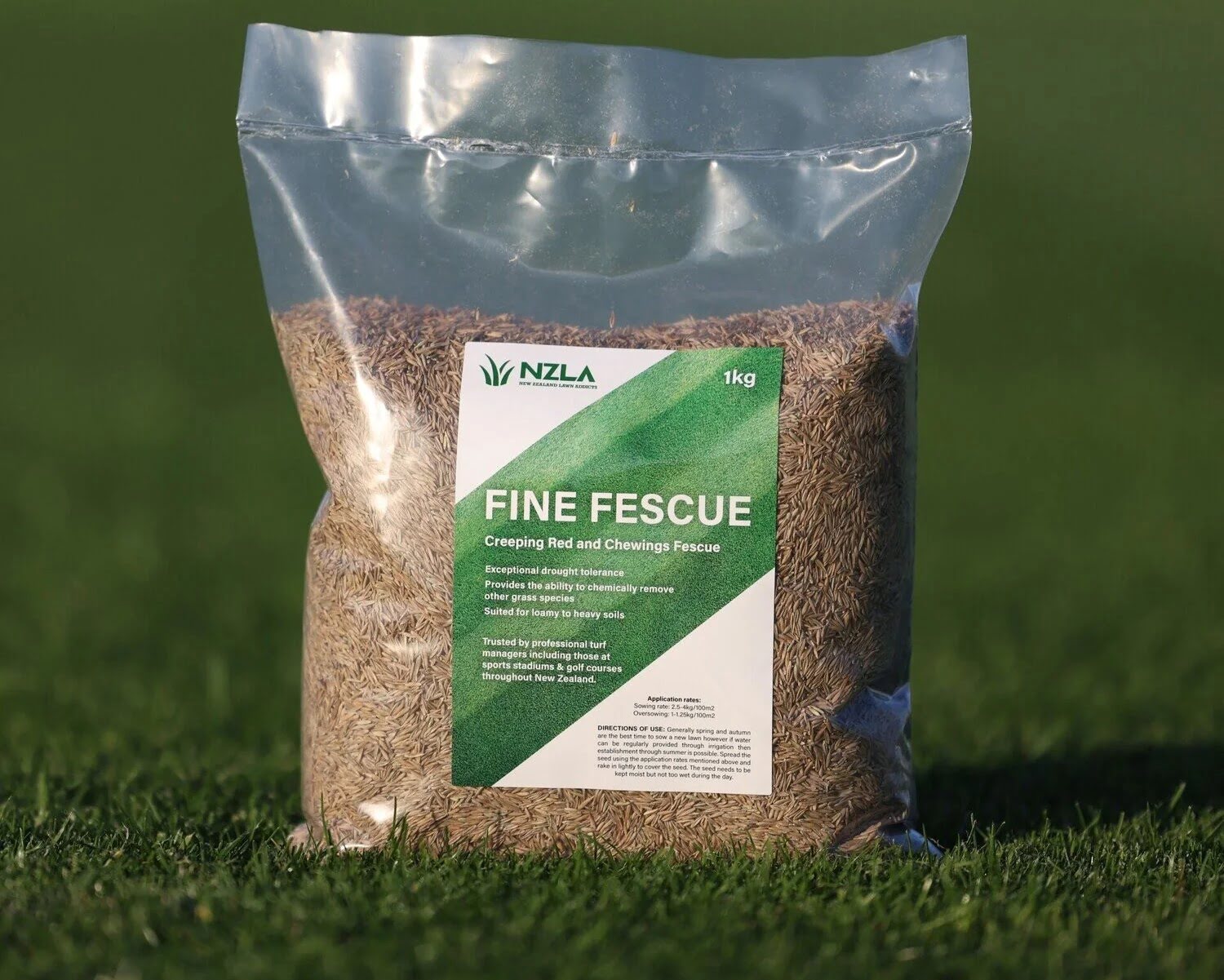
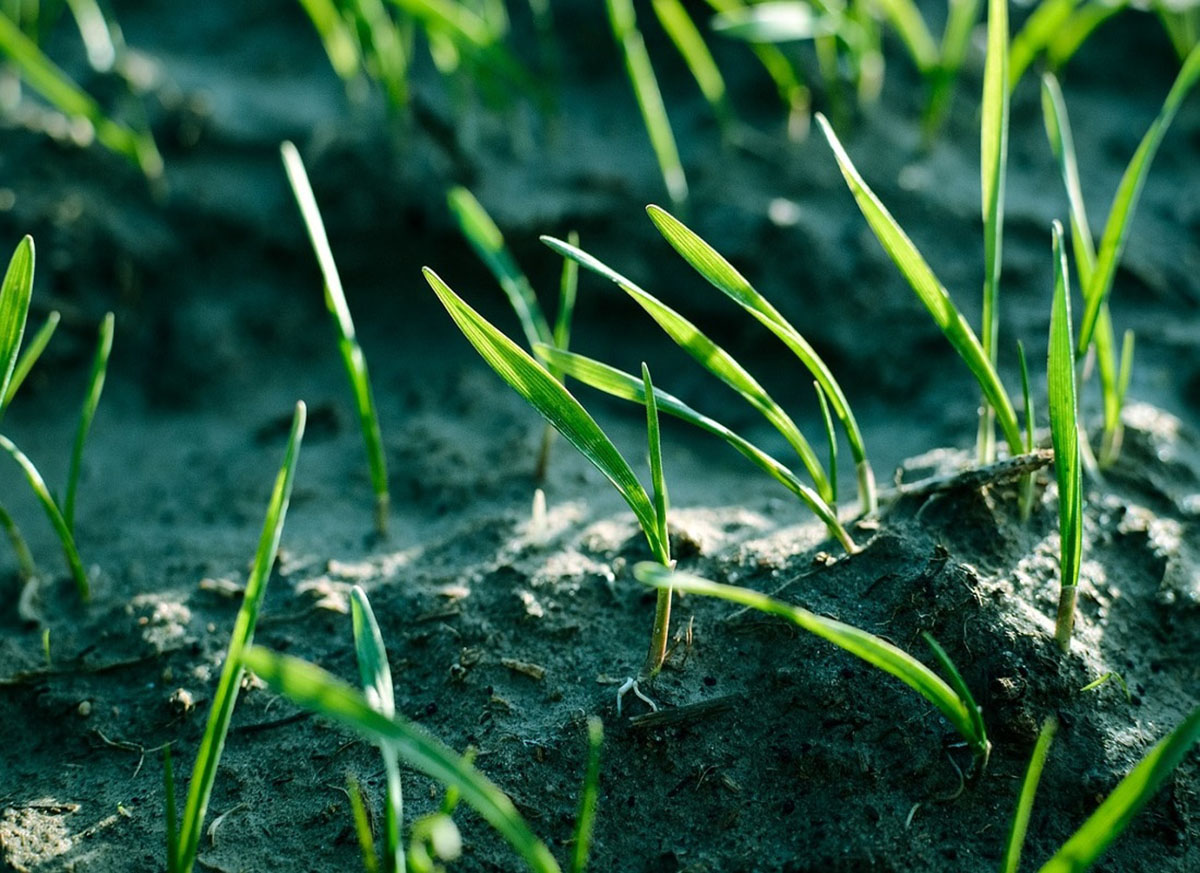
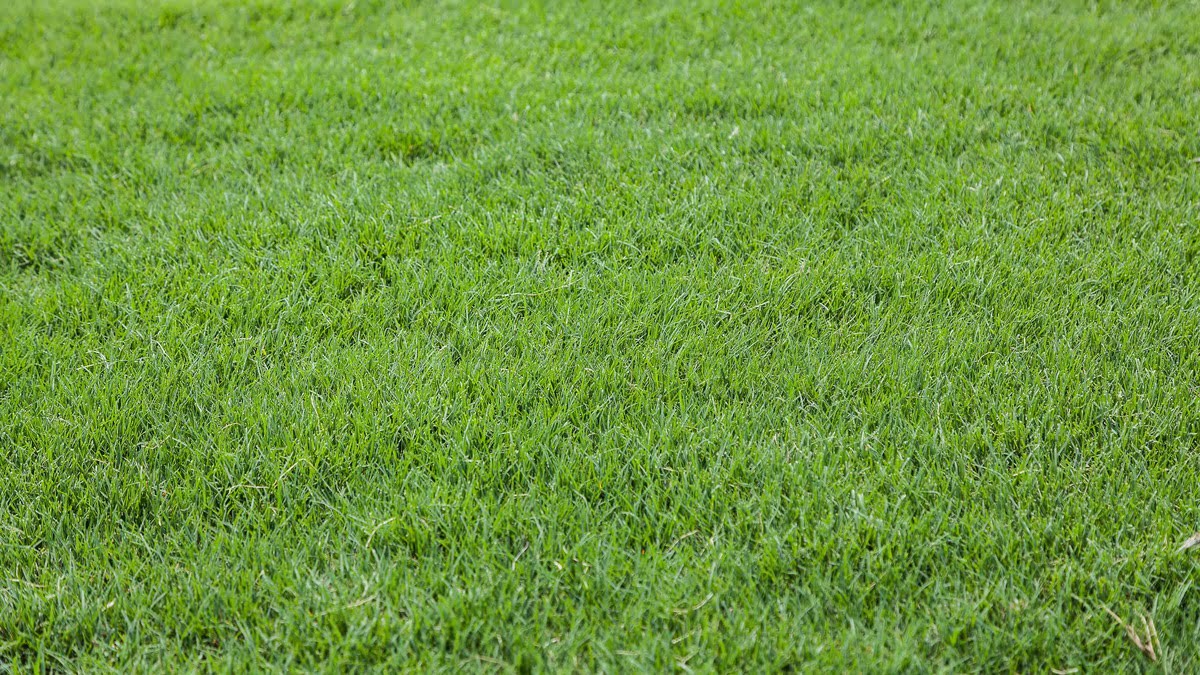
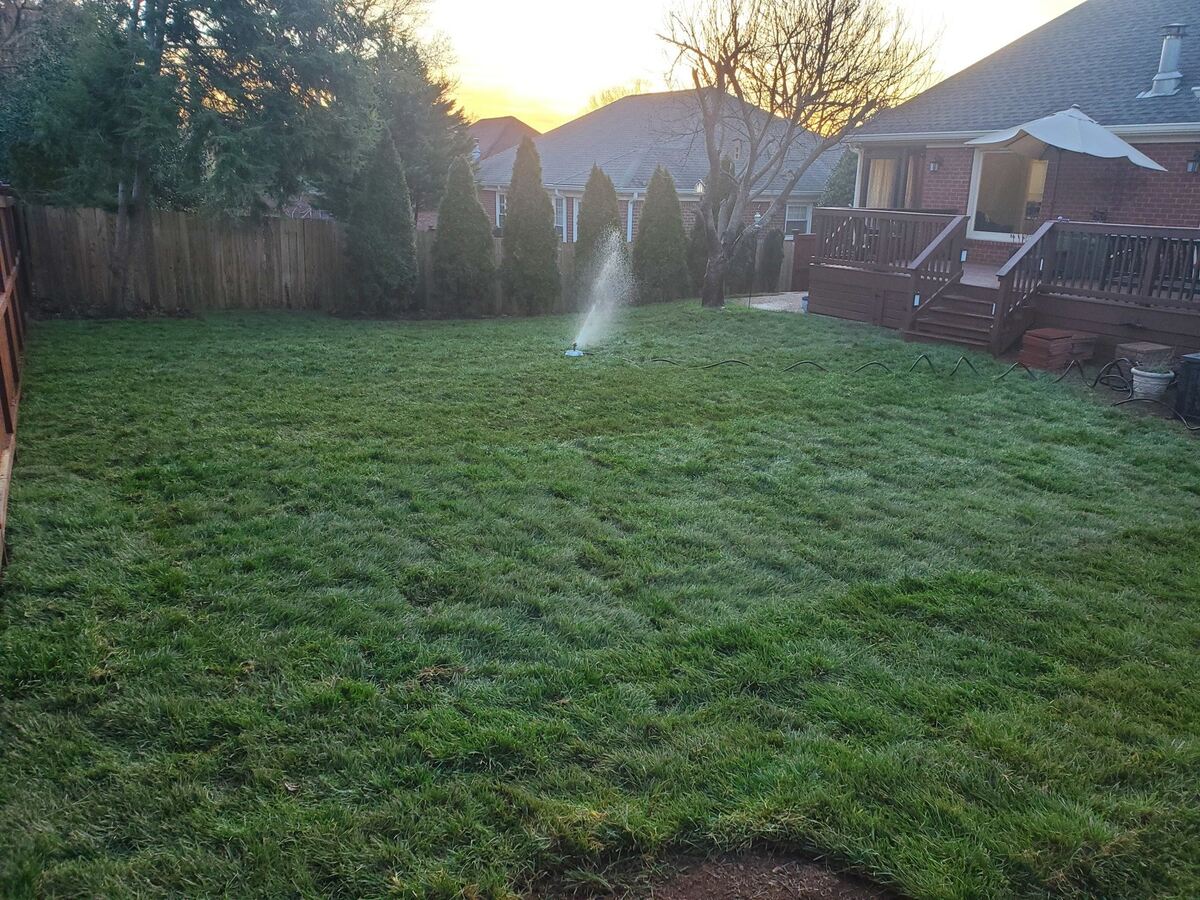
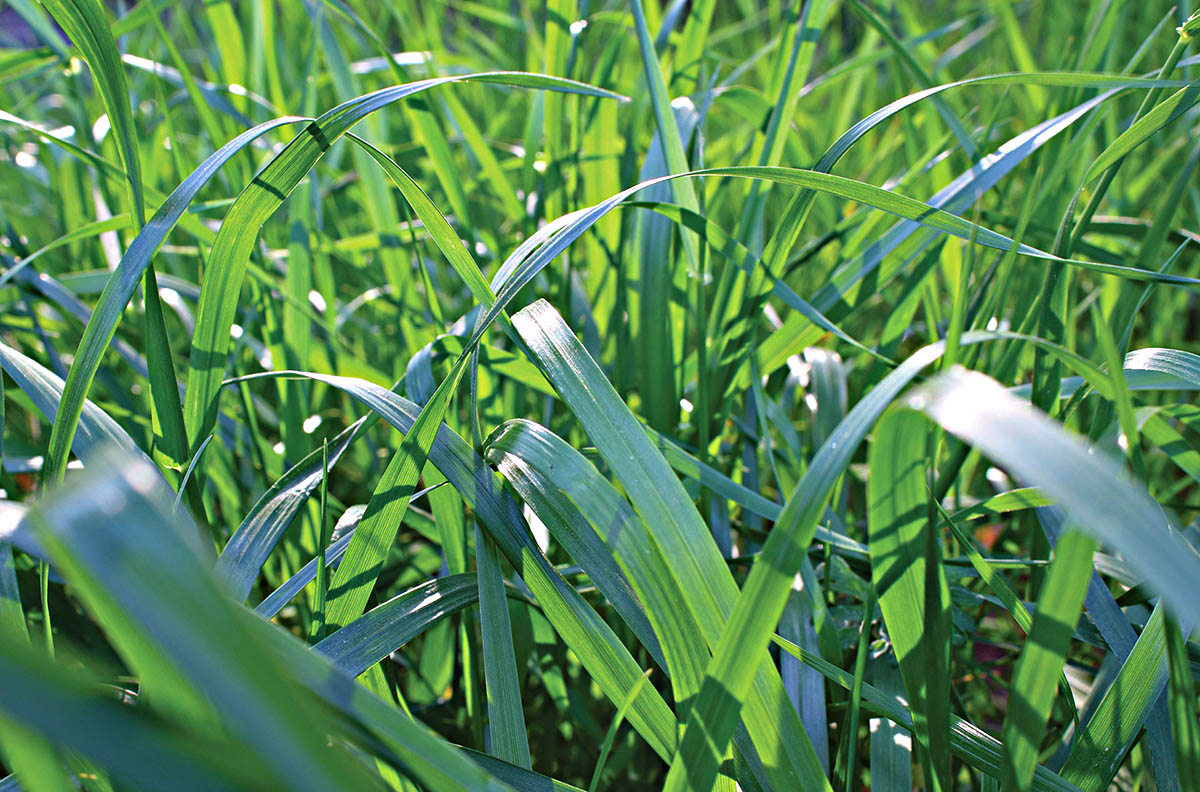
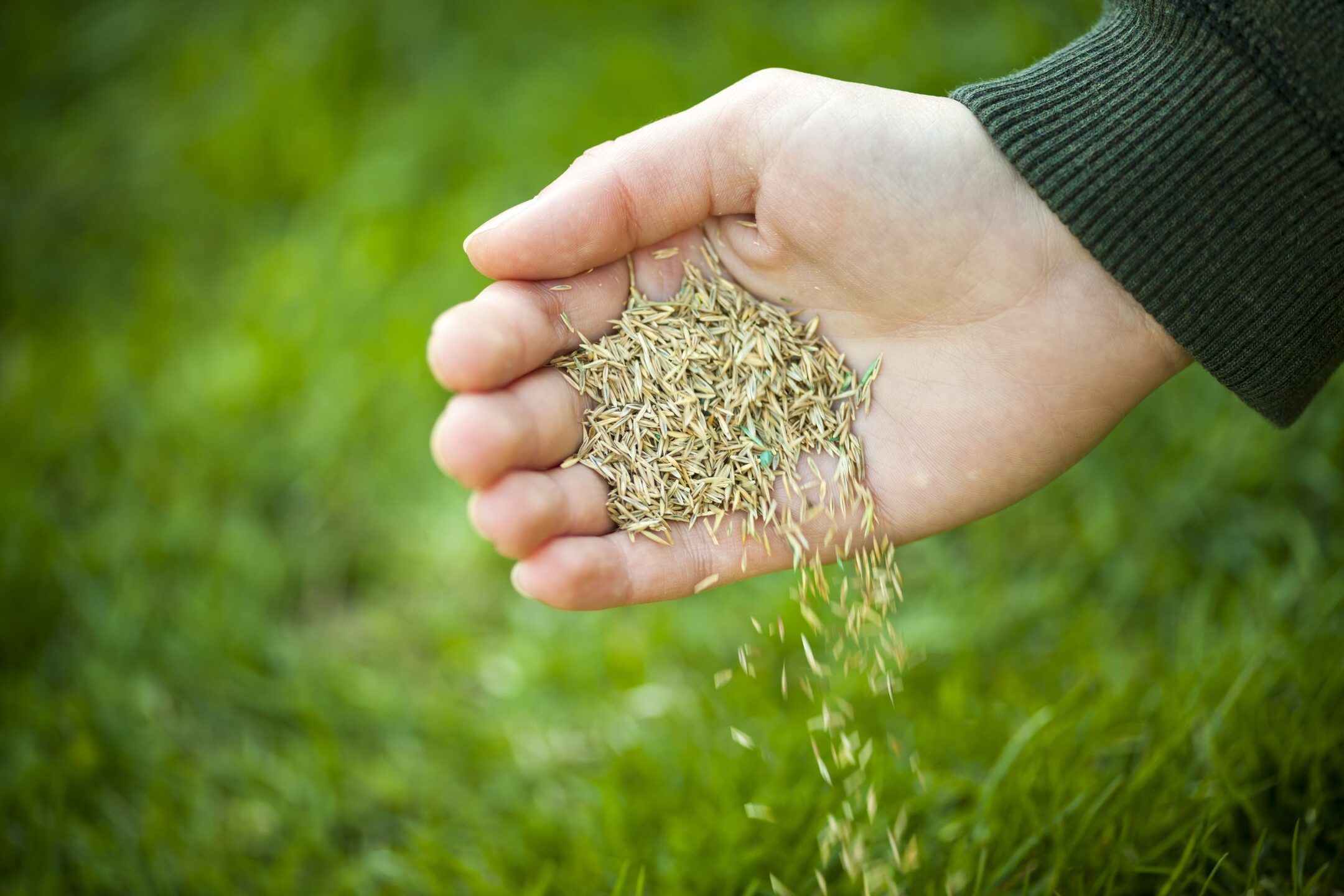
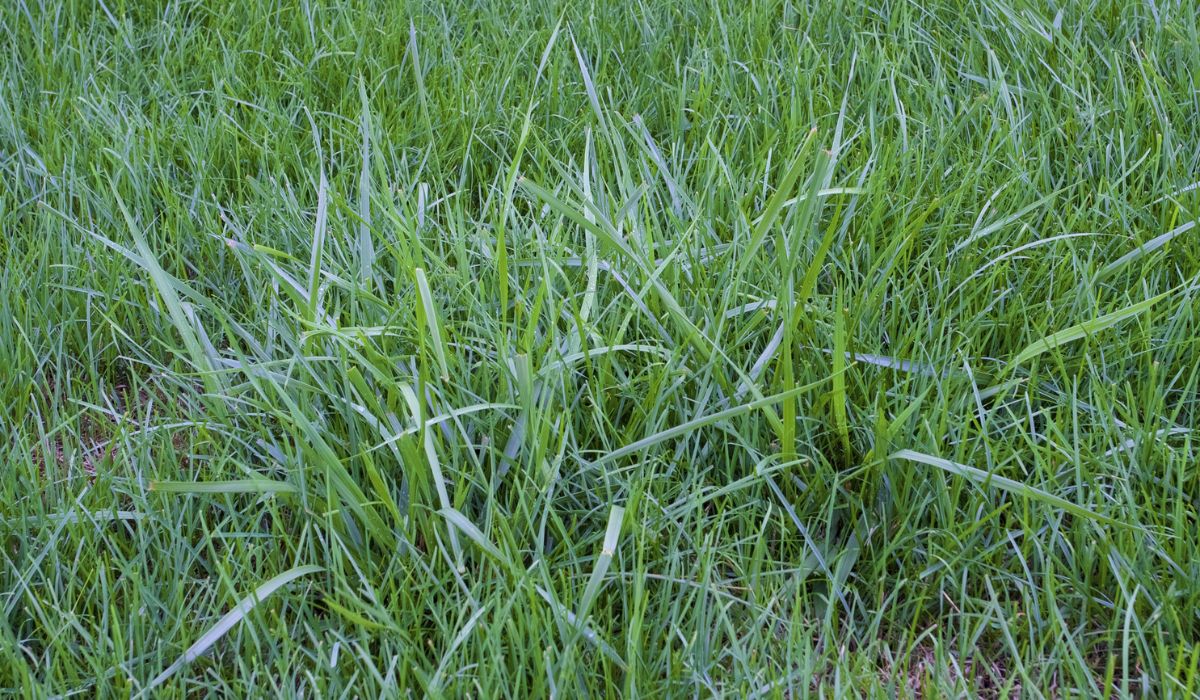
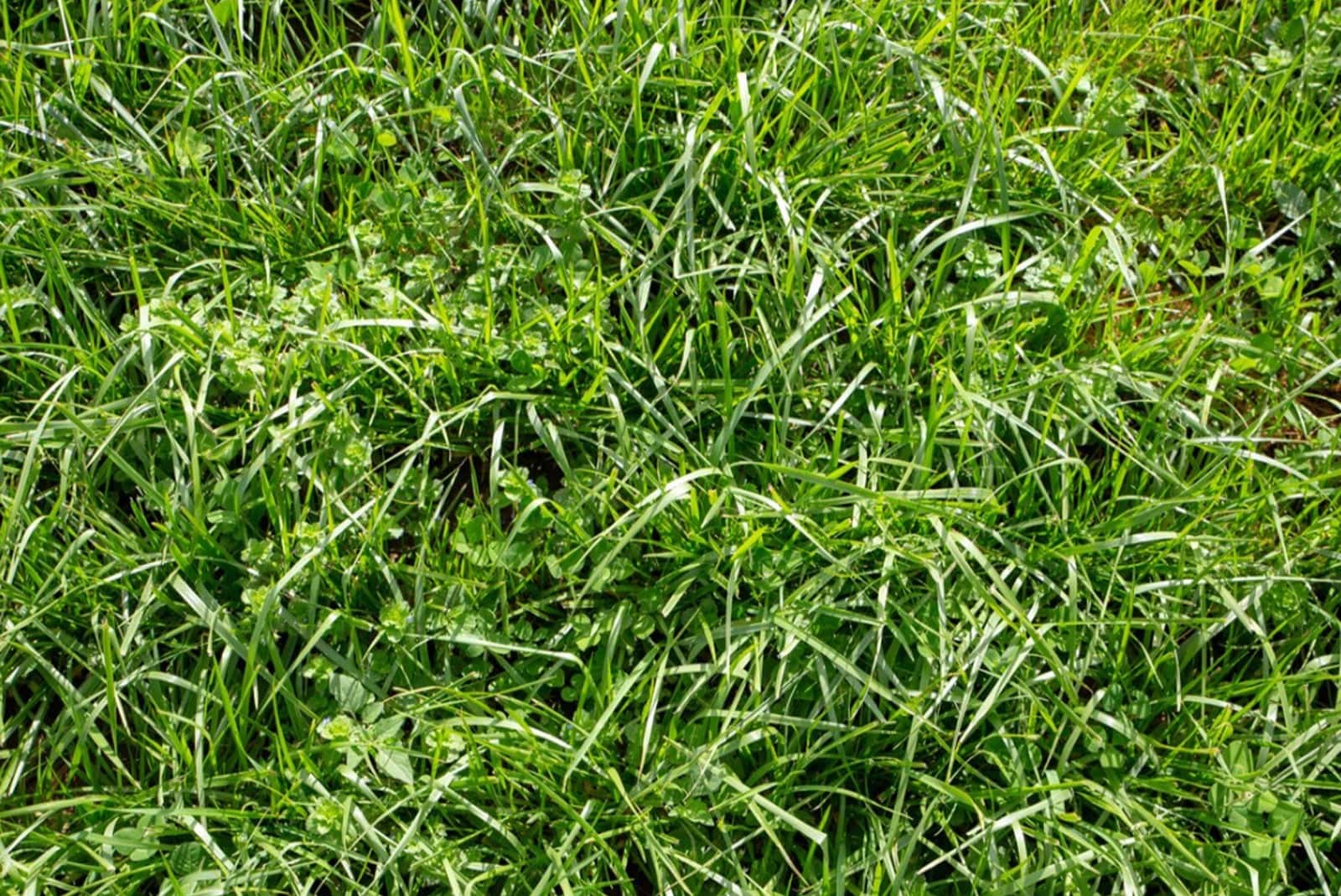
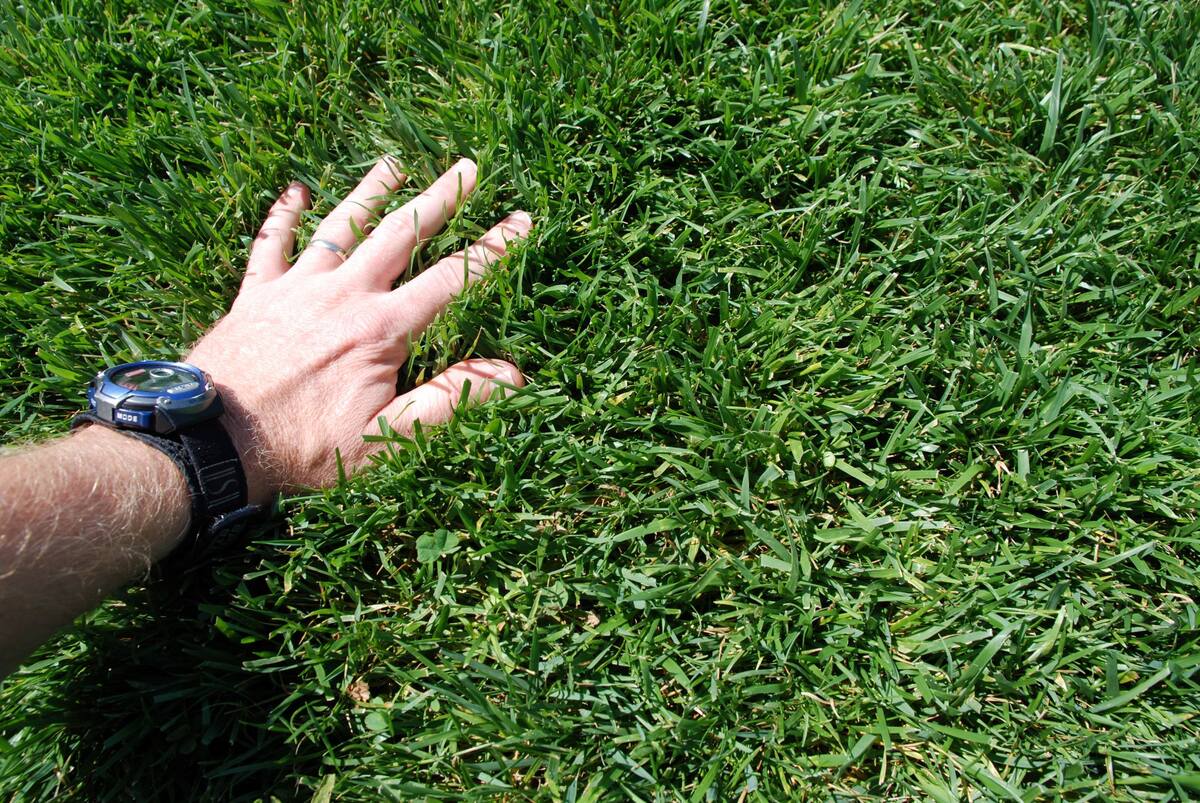
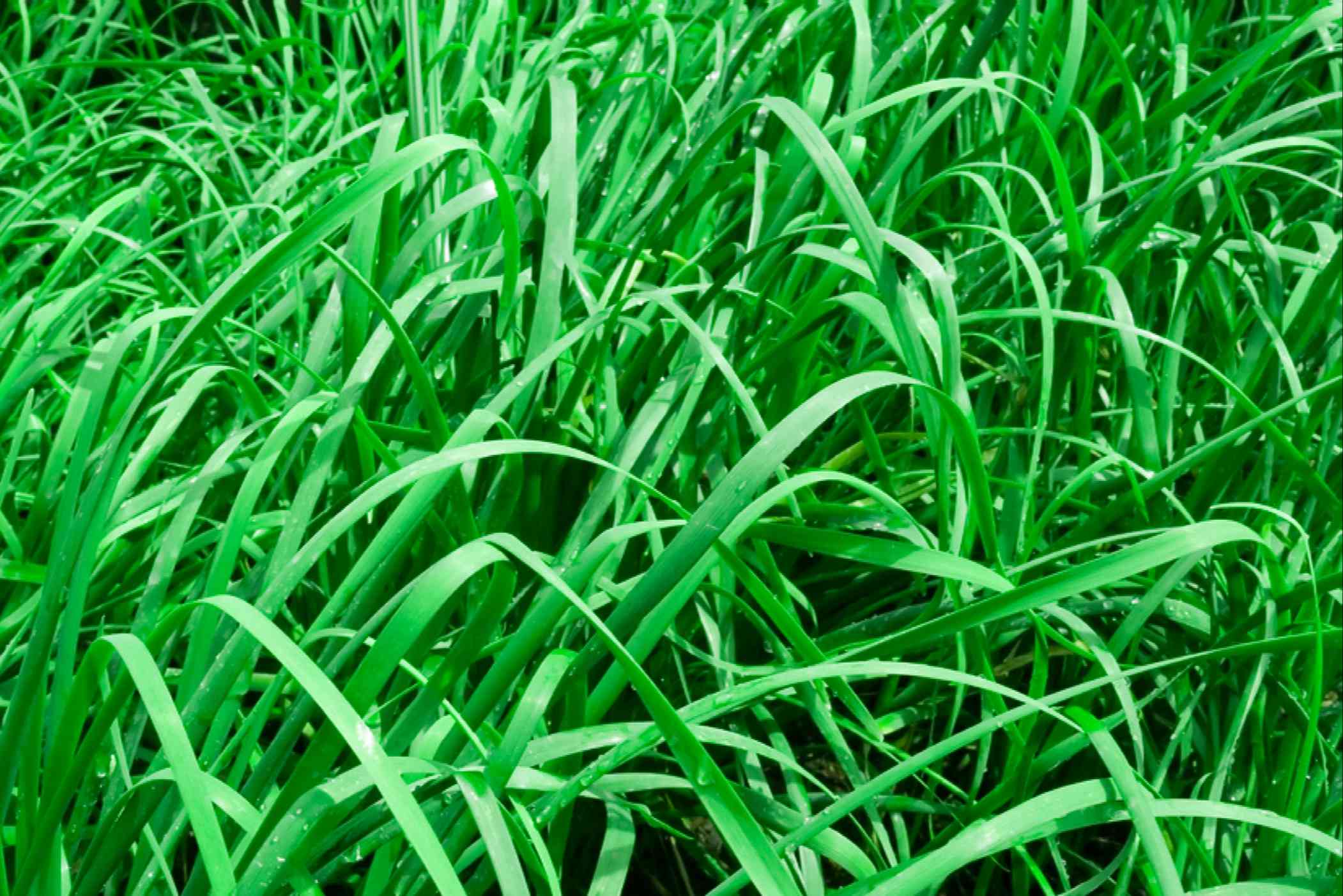
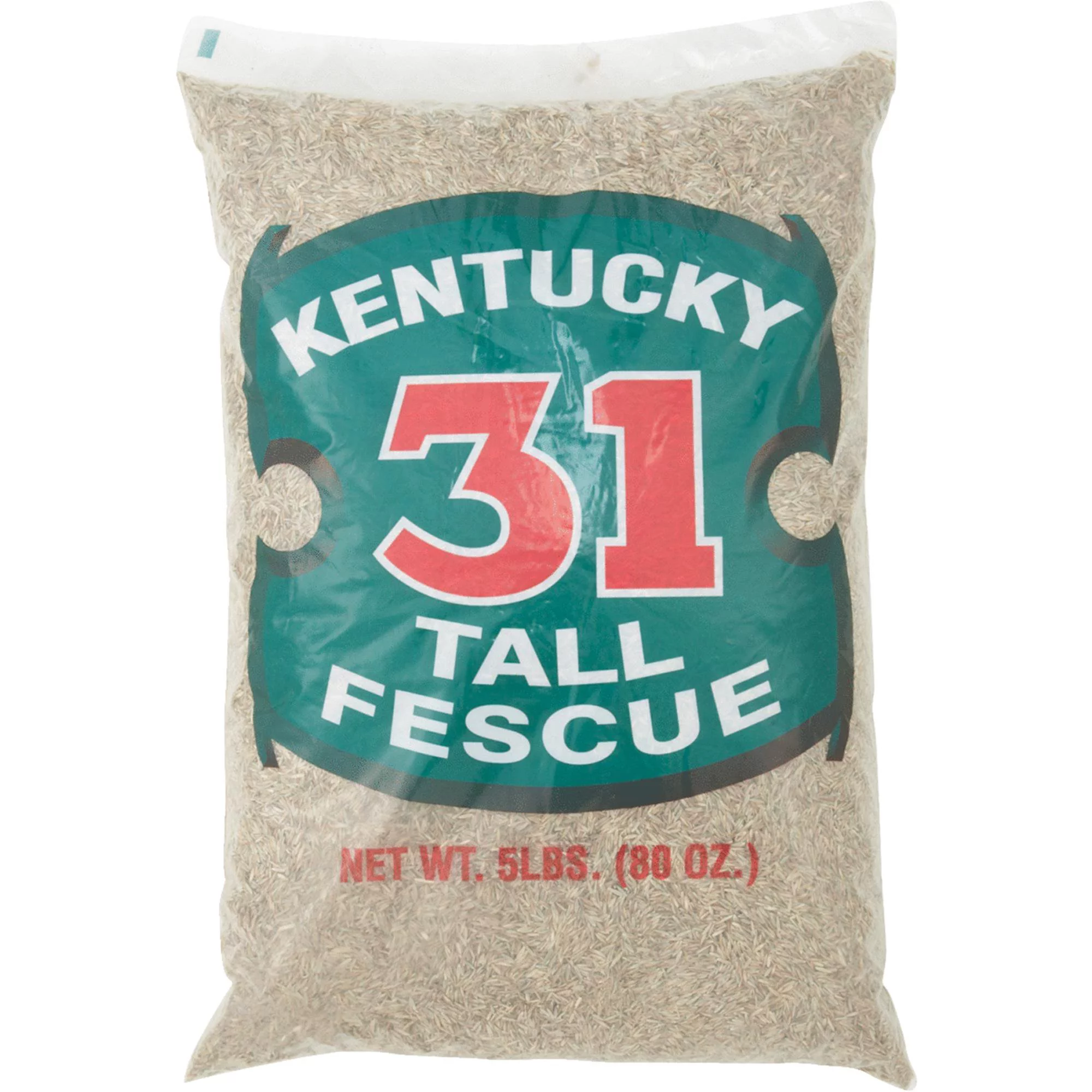

0 thoughts on “How To Seed Fescue Grass”